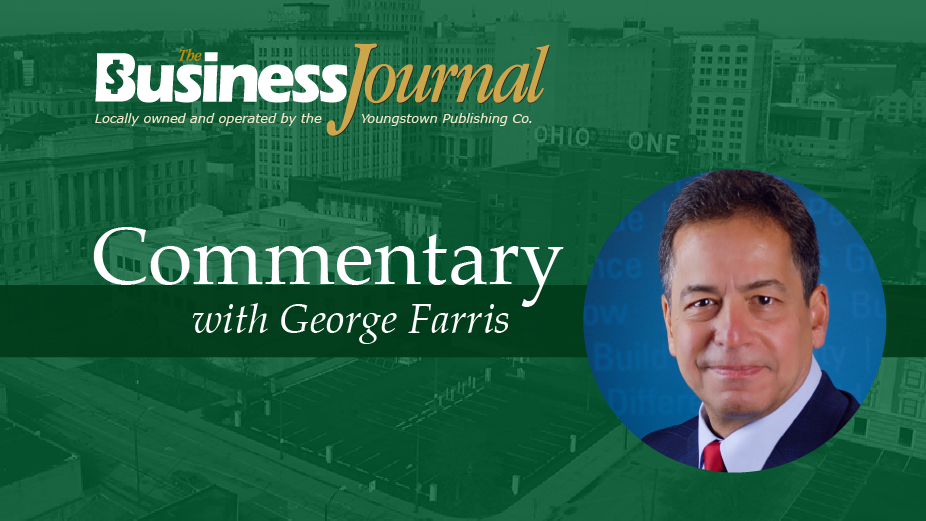By George Farris
YOUNGSTOWN, Ohio – When you come across news about the development of autonomous vehicles, what’s your first thought? If you’re like most people, your first thought is a question: “Why do we need autonomous vehicles?”
Companies in that category may tell you the key benefit of their product comes down to one word: safety. When autonomous vehicles become the norm, transportation will be much safer than before human-driven vehicles ruled the highways.
“The United States is one of the busiest countries in terms of road traffic with nearly 284 million vehicles in operation … leading to more road accidents,” reports Statista. “In 2019, there were some 12.15 million vehicles involved in crashes in the United States, with over half that volume being passenger cars.”
Where accidents happen, death follows. National Safety Council says cars killed 42,060 people in 2020, up from 39,107 in 2019.
SAFETY DOESN’T SELL
So safety is important. From a marketing standpoint, there are only two groups with a strong interest in safety: new parents – who can’t buy enough baby monitors, nanny cams and child car seats – and seniors – who buy most home security systems.
But the word “safety” doesn’t grab consumer attention or build the enthusiasm needed to allow a potentially huge category like AV to grow. Mention “safety” and most of us will start checking our eyelids for leaks.
FREE TIME SELLS BETTER THAN SAFETY
But since “safety” doesn’t sell to the masses, the AV industry uses another benefit to attract interest: free time. Everyone loves free time.
A 2019 Rand Corp. study found that each day, Americans average more than five hours of free time, with men generally having a bit more free time than women. Yet very few people would admit to having enough free time. We always want more. We can’t get enough.
So now the AV industry wisely talks about how the time you spend driving to and from work will add to your free time. But free time to do what?
A TV commercial for the new GMC Sierra, a pickup truck, highlighted “Hands-Free Super Cruise Driver-Assistance Technology” by showing the driver clapping his hands to “We Will Rock You” by Queen.
A PROVEN TACTIC
As you might imagine, the typical consumer response to that ad was a sarcastic line: “Great, where can I sign up to pay $80K for a truck that allows me to play paddy cake?”
But don’t let GM’s third-grader approach fool you. Billions of dollars worth of new products and services have been sold using the free time benefit.
“Automatic washers” replaced wringer washers because one did the wash while you used your free time to do something else. “Scientific ovens,” better known as microwave ovens, cook meals in a fraction of the time. Gas engine-powered lawn mowers reduce lawn cutting time by 80% over manual mowers. Snowblowers are 10 times faster than shoveling snow.
Today, we have Roomba vacuum cleaners (made by iRobot) free the time we spent running a vacuum ourselves. Our Amazon Echos save the time we used to spend turning on the radio or lights. We order online so we don’t waste time driving to the store. We use the cameras in our phones to save the time we spent getting film developed.
“Free Time” is a very powerful marketing benefit. You might want to use some of your free time to determine how you can use it in your marketing.
EDITORS NOTE: George Farris is CEO of Farris Marketing, Boardman.
